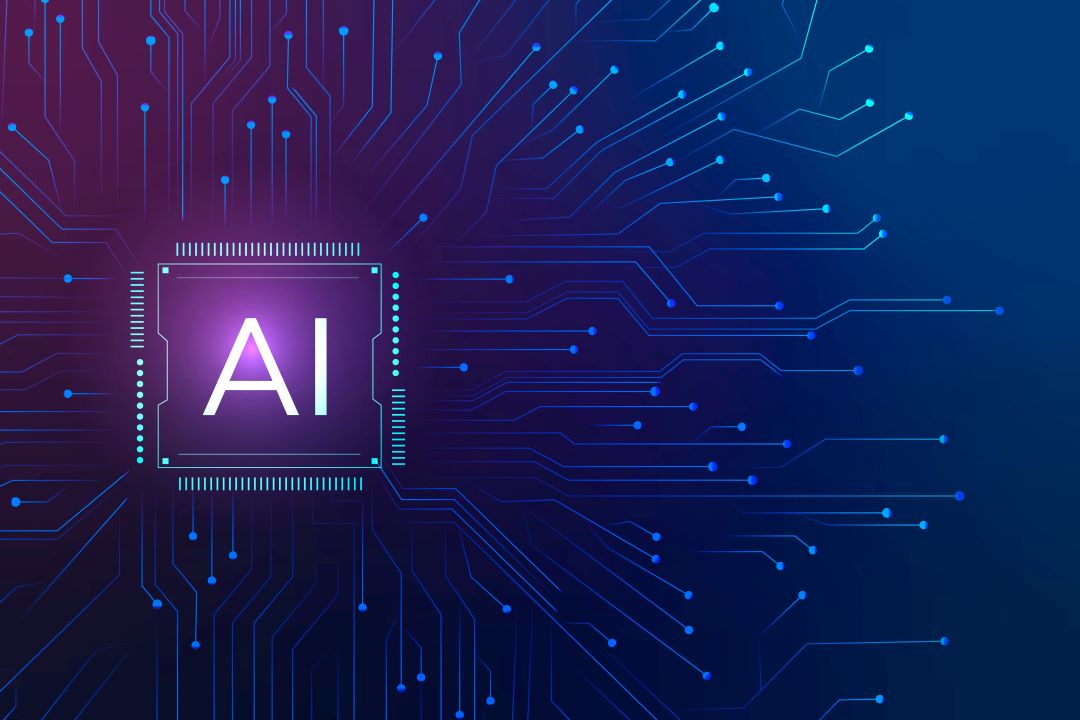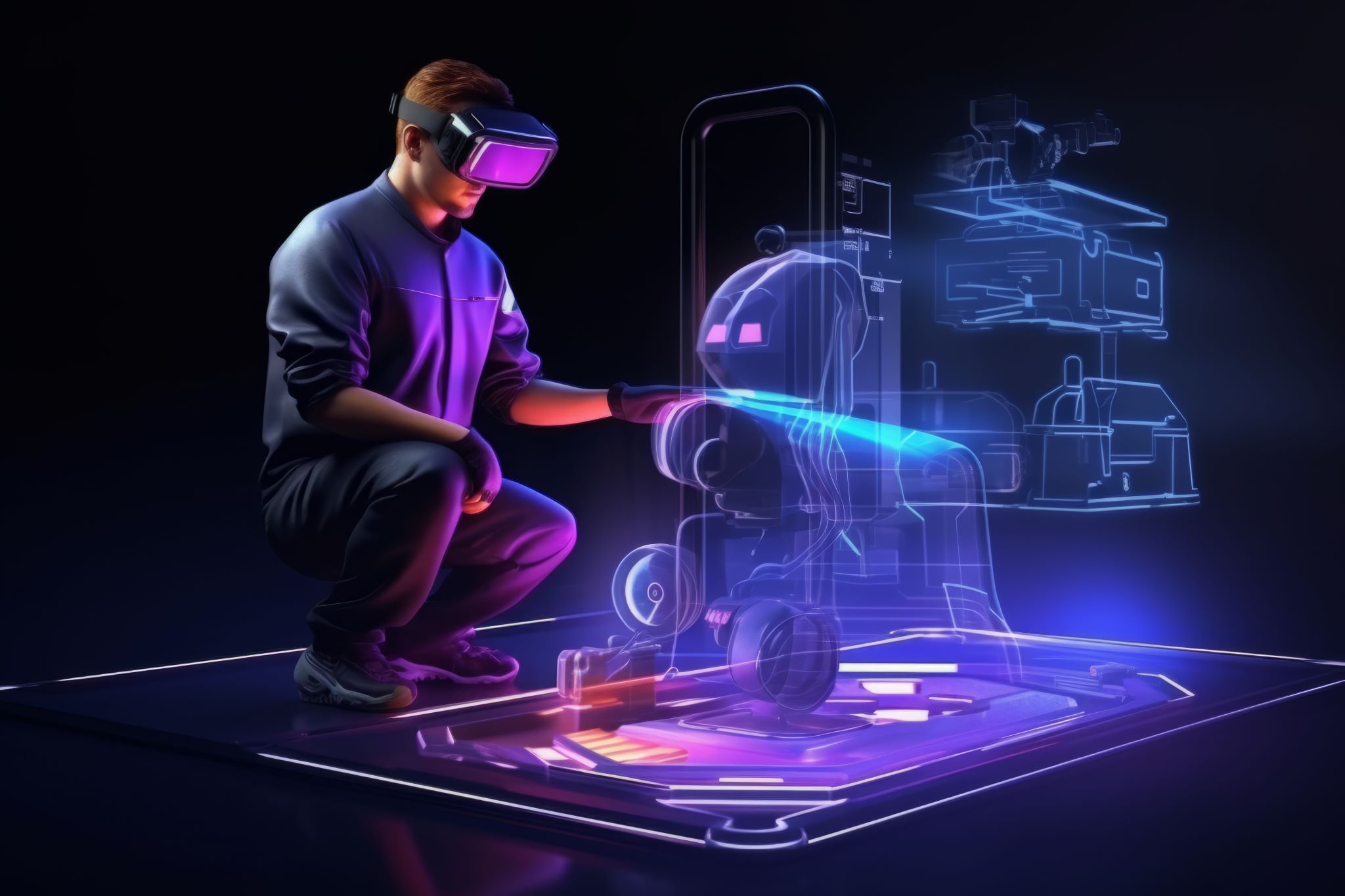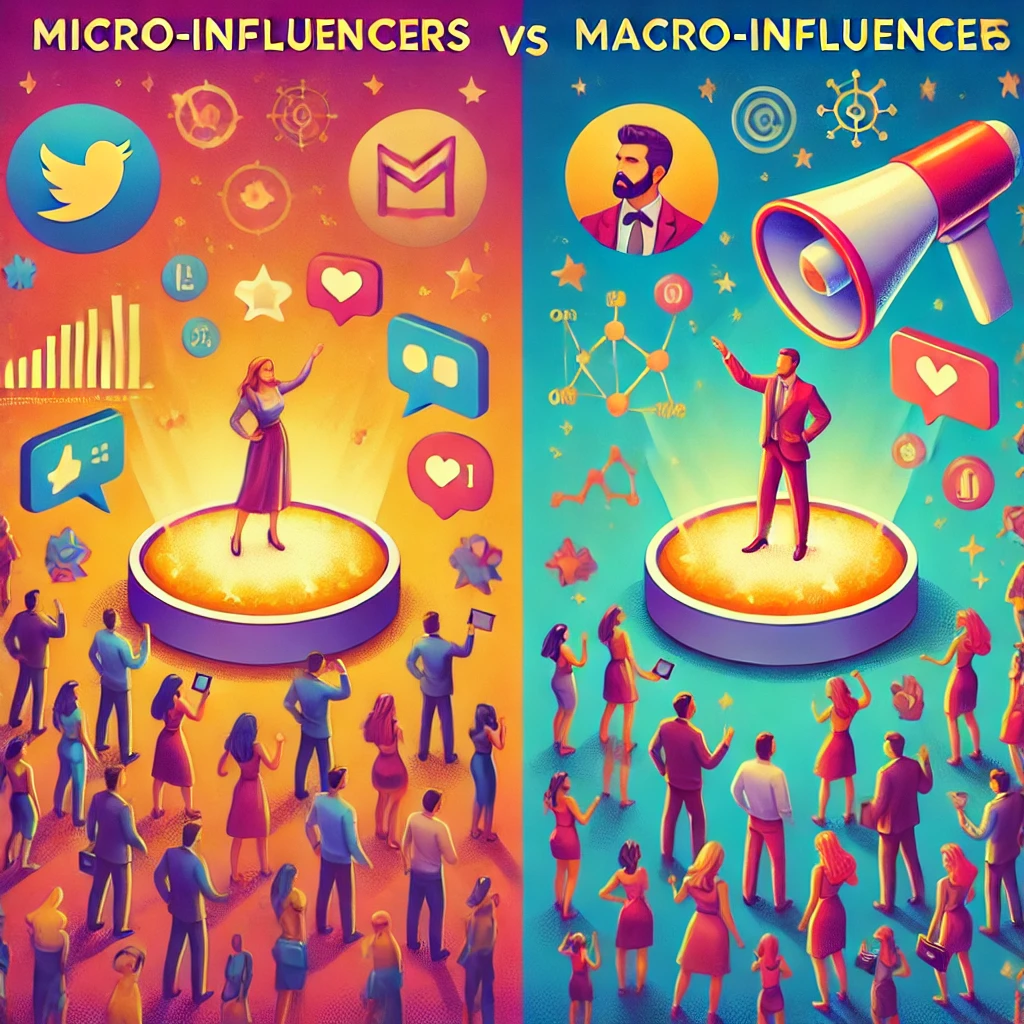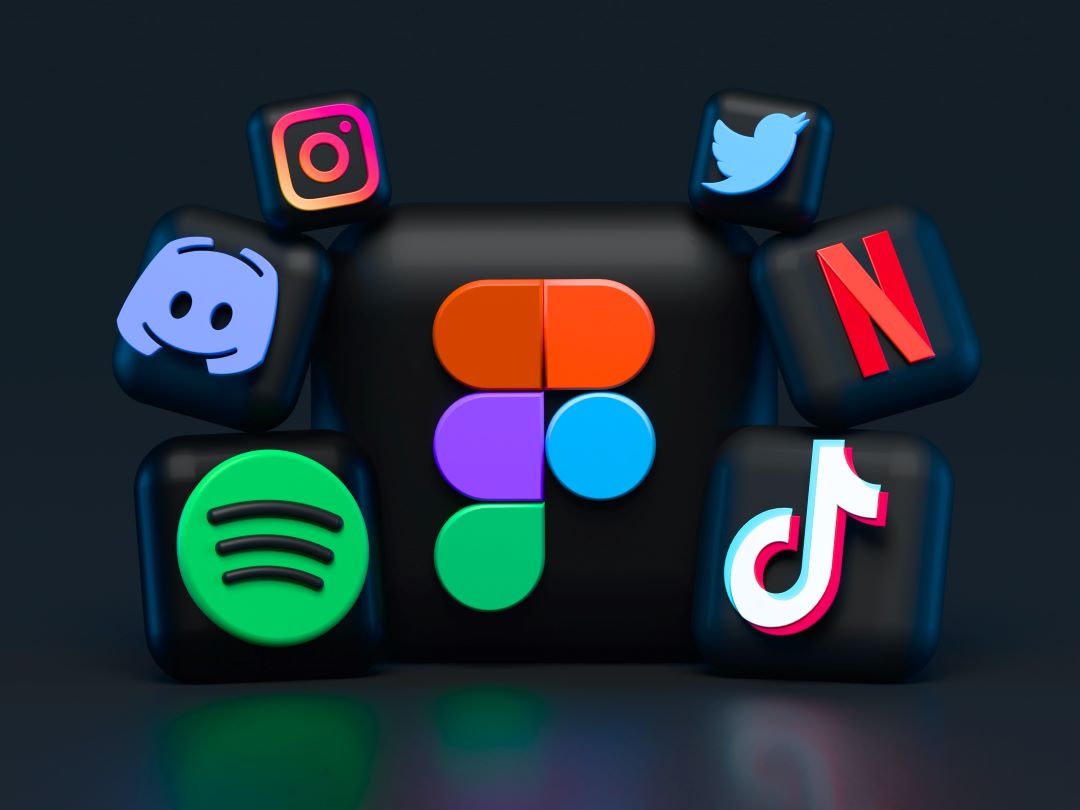In a fast-moving digital world, motion graphics become the center of visual communication. It is predominantly injected with dynamism and involves content, that none other than holds the viewer’s attention. The realm of motion graphics has undergone a complete change with the emergence of the latest technology. AI is contributing its leading role to revolutionizing the domain of motion graphics. Let us deliberate on the recent trends in AI-powered motion graphics shaping the future of digital solutions:

1. Automated Animations
Probably the most exciting trend in motion graphics is automated animation. AI algorithms just create animations from static designs. This technology minimizes the requirement for frame-by-frame manual animation and frees designers’ heads to be creative instead of spending hours on repetitive tasks. For example, Adobe’s Character Animator is capable of tracking facial expressions and movements with the help of artificial intelligence and animating characters in real-time.
Why it matters: Automated animation does not only accelerates this process but also opens up the possibility of doing high-quality motion graphics to creators with any skill level.
2. Advanced Visual Effects
Today, AI is changing the way visual effects are created and implemented. Machine learning algorithms are capable of analyzing large extents of data and providing extremely realistic simulations for things like natural elements such as fire, smoke, and water. This creates both visually stunning and lifelike graphics that can then easily be integrated into films, games, and digital marketing campaigns.
Why it matters: AI-driven superior VFX means more engaging experiences for audiences; it raises the possible capability bar of digital content in general.
3. Personalized Content
Personalization is the name of the game in every digital platform today, and AI can only make that process easier for motion graphics tailored to single viewers. It will come up with better, more tailored content based on user data analysis to talk more to specific audiences, making engagement and retention better. For instance, personalized video ads are given regarding user preferences and behavior.
Why it matters: with the increasing pace of today’s time, personalized motion graphics make the content more relevant and impactful to engage viewers further in a piece, driving better digital marketing campaigns.
4. Intelligent Video Editing
Next-generation AI video editing tools automatically handle scene detection, color correction, and aligning audio with video. Leveraging machine learning, such tools can demonstrate an understanding of the context within the video; therefore, edits that improve the final output can be suggested.
Why it matters: Intelligent video editing saves time and money. Creators can focus on the story and creative direction instead of spending time on technical execution.
5. Real-Time Rendering
Real-time rendering is an increasingly required feature in motion graphics, mainly in gaming and virtual reality. AI-powered Unreal Engine or other game engines use deep learning to speed up rendering processes, constructing just near-perfect graphics at close-to-zero latencies. This becomes very critical in the case of interactive experiences wherein quick feedback is desired.
Why it matters: Real-time rendering improves user experience by ensuring smooth, high-fidelity graphics and instant responsiveness when users interact with intractable elements in the digital environment, making it more immersive.
6. Generative Design
Generative design can thus be defined as a process in which a variety of design options are generated by AI algorithms for final design tasks. This is not additional work; it will speed up design work and bring innovation by discovering new creative avenues that designers might not have thought of.
Why it’s important: Generative design stimulates creativity and innovation in designers to come up with unique motion graphics that will stand out in today’s digital marketplace.
7. Deepfake Technology
While several areas of deepfake technology have made this area infamous, it also has some very interesting potential uses for motion graphics. AI can construct quite realistic animations of the human face and voice, thereby creating an entirely new range of storytelling techniques and character development in media and entertainment.
Why it Matters: If used ethically, deepfake technology could make narrative techniques more powerful—bringing characters to life convincingly and adding depth to digital content.
8. AI-Assisted Storyboarding
Storyboarding is a vital part of motion graphics production, and now AI is stepping in to lend a hand. AI tools can output storyboard layouts and suggest scene compositions, based on script inputs, to set a real foundation for the animation phase.
Why it matters: AI-assisted storyboarding refines the planning stage of this process by allowing creatives to quickly visualize ideas and make very smart decisions at the very early stage of a production.

Conclusion: The Future of Motion Graphics
With the constant development of AI, comes the further-reaching effect it will have on motion graphics, providing powerful digital solutions that empower creativity and efficiency. Creators can apply these trends to extend the boundaries of visual storytelling with engagingly personalized content that captivates audiences.
In an era where attention spans are dropping drastically, AI motion graphics are an opportunity for interesting and quality content to stand out in the digital environment. Looking ahead, being ahead of the trends will become critical for that person who wants to leverage motion graphics as part of their digital strategy.
Whether one is a designer, marketer, or content developer, it is the understanding and harnessing of these AI-driven innovations that gives one the competitive edge needed to ensure that your content remains relevant and impactful in a fast-changing digital world.






